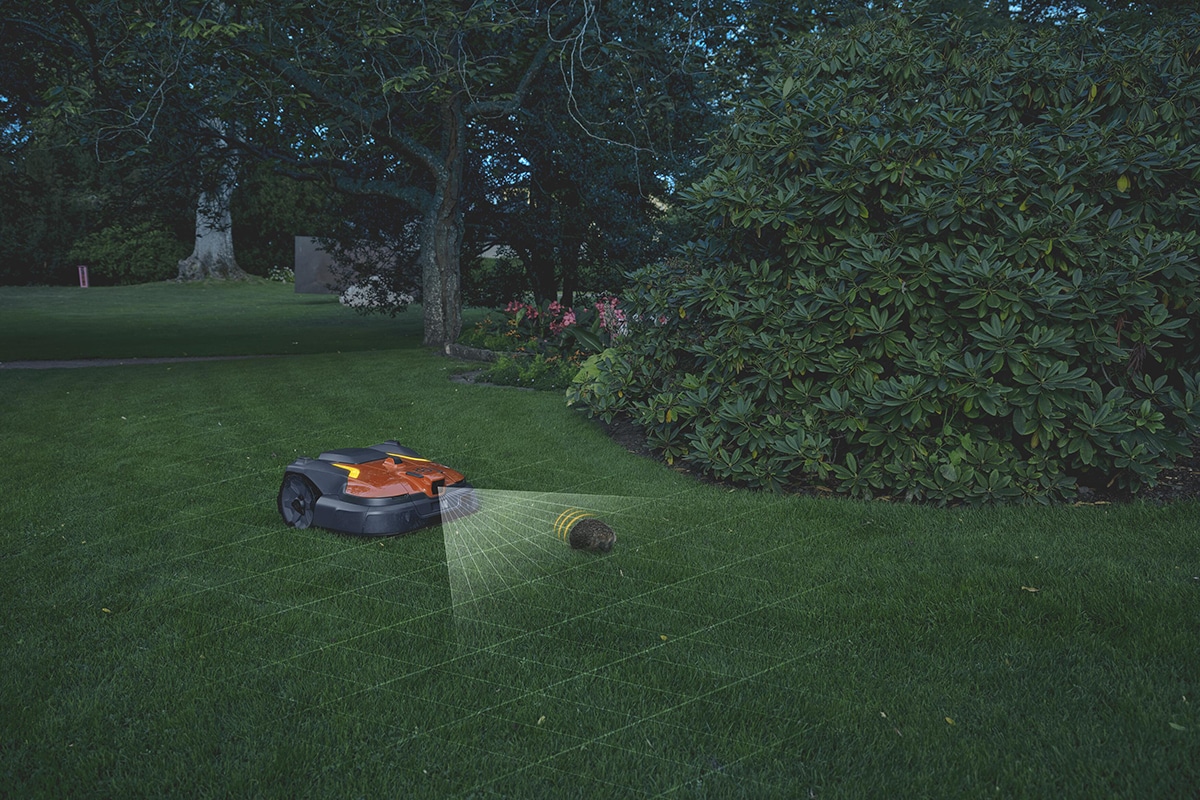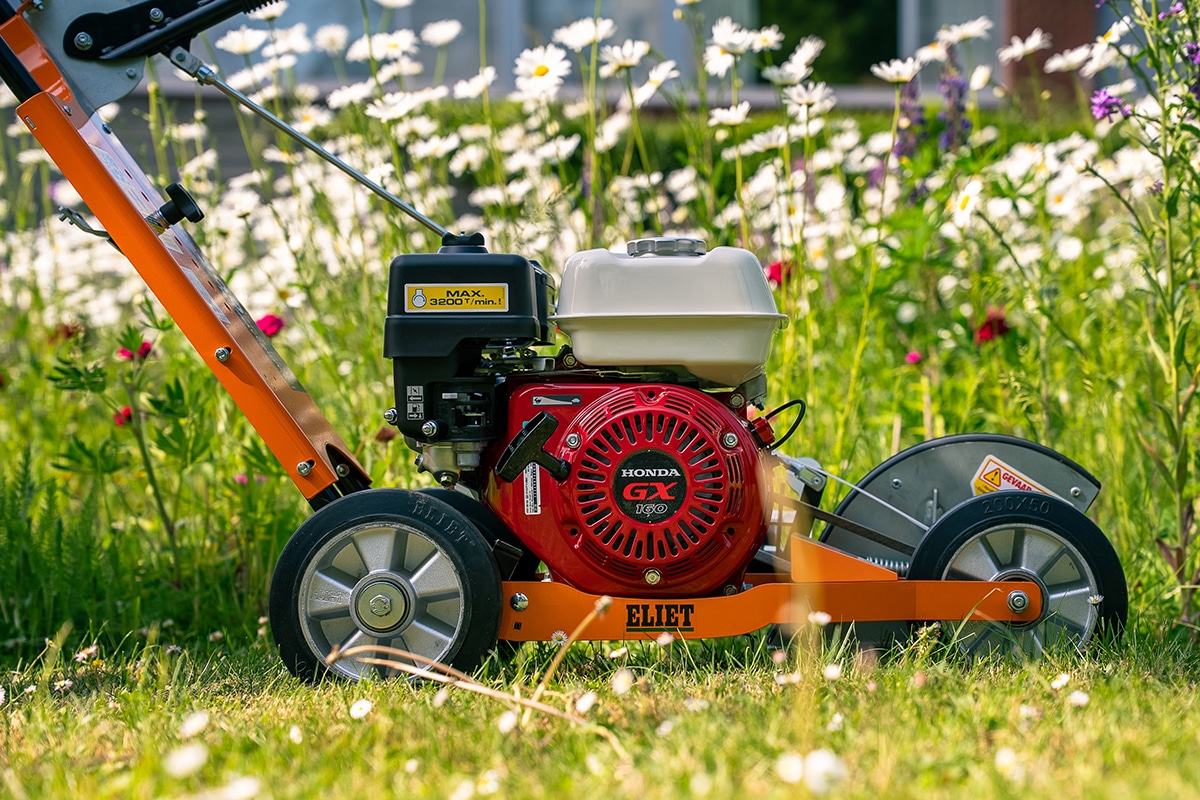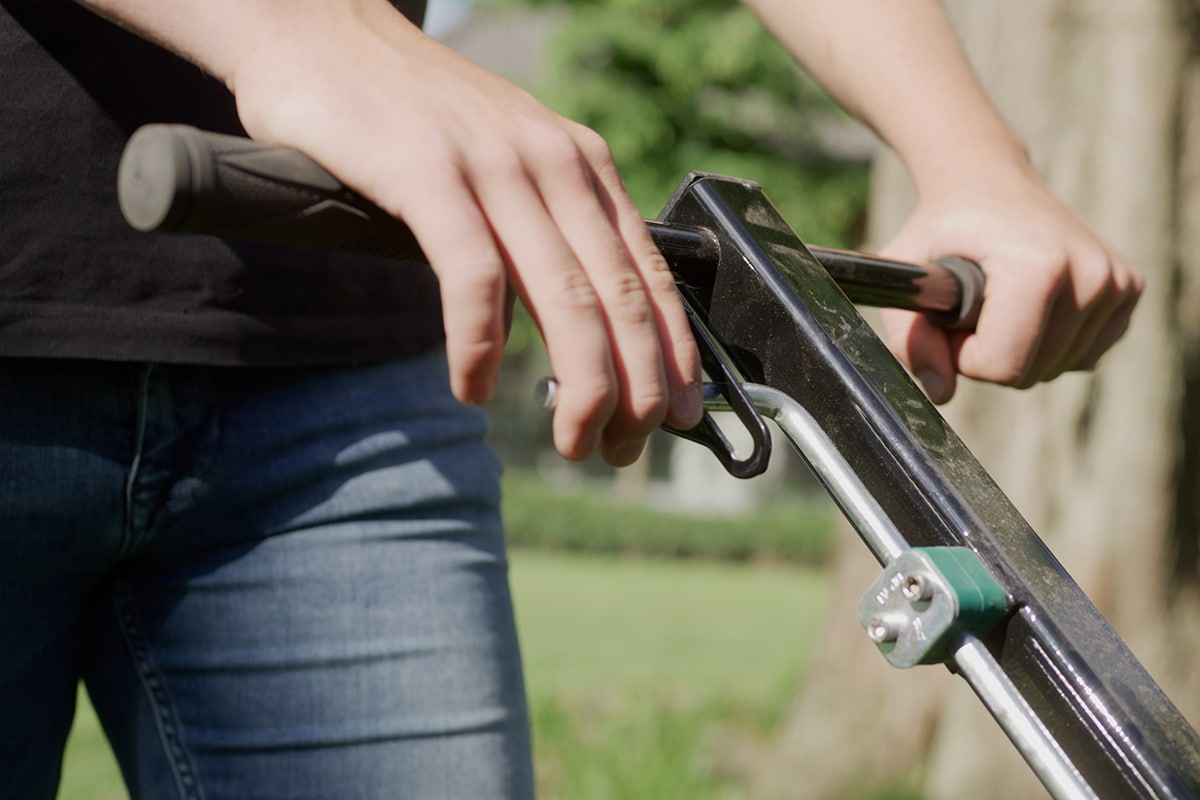
Don't neglect wild hedges and wood edges
Regular maintenance benefits many parties
The team of Frederik Vanderhaeghe, manager of Green Support, takes difficult, time-consuming and specialized tasks off the hands of garden contractors and public green services: leveling or excavating sites, deep milling, mowing meadows and slopes, all kinds of pruning work and container transport. Maintenance of wood edges and wild hedges is also part of the job. And that makes sense.
Text Philip Doutreligne | Image Green Support
Valuable landscape elements
Mixed wild hedges and wood edges are gaining popularity. They serve an important ecological function in the landscape. Living hedges around a plot act as windbreaks, and on slopes they prevent soil leaching during heavy rainfall. They also serve as habitat for a diverse animal population, including many butterfly species, pheasants, rabbits and hares. Furthermore, we also find hedges and forest edges along railroads, ponds and watercourses or as forest embankments. In sensitive areas, they are themselves considered immovable heritage.
Practical function
In addition, wild hedges and wood edges also fulfill a particularly practical function. Around farms, they help reduce the impact on the environment, for example by reducing dust and noise pollution. In turn, wood edges around large farm buildings ensure optimal integration of the farm into the landscape and a pleasant, acceptable view for the surroundings. They reduce possible odor nuisances and act as a natural protection for animals in the pastures. They can also prevent noise pollution along freeways.

Pruning and shaving in hard-to-reach areas.
Variation in plantings
In recent years, local and regional governments and nature associations have made great efforts to protect and, where possible, expand hedgerows and wood edges. After all, they give shape and structure to the landscape and provide variety. Numerous species are eligible for planting: privet, carpinus, hawthorn, blackthorn, acer campestre, beech, hazel, alder, etc.
Regular and professional
Frederik Vanderhaeghe provides professional maintenance of your wood edges twice a year. He uses a pile driver on a crane or a tractor. Costs for green waste or placing a container are avoided by using a mulcher on site to process the trimmings into soil cover.
Green Support has extensive machinery for these and other operations. The current machinery includes various tractors, overtop tillers, rotary harrows, mulchers, flail mowers, mini-excavators, shredders, mechanical loppers, hydraulic log splitters, wheel articulated loaders, etc. It goes without saying that this entails considerable investments. The machinery is regularly expanded or renewed so that up-to-date and efficient equipment and techniques can always be used.
Other work
In addition to private gardening and landscaping work, Green Support also targets public authorities. Keeping squares, car parks, roadsides and bicycle paths clean is also part of the service. For this purpose, Green Support deploys, among other things, a sweeper with a catch and weed brushes.
During the winter season, Green Support also takes care of road and bike path safety with snow clearing and salt spreading. The company has several spreading combinations on trucks, tractors and articulated loaders.



